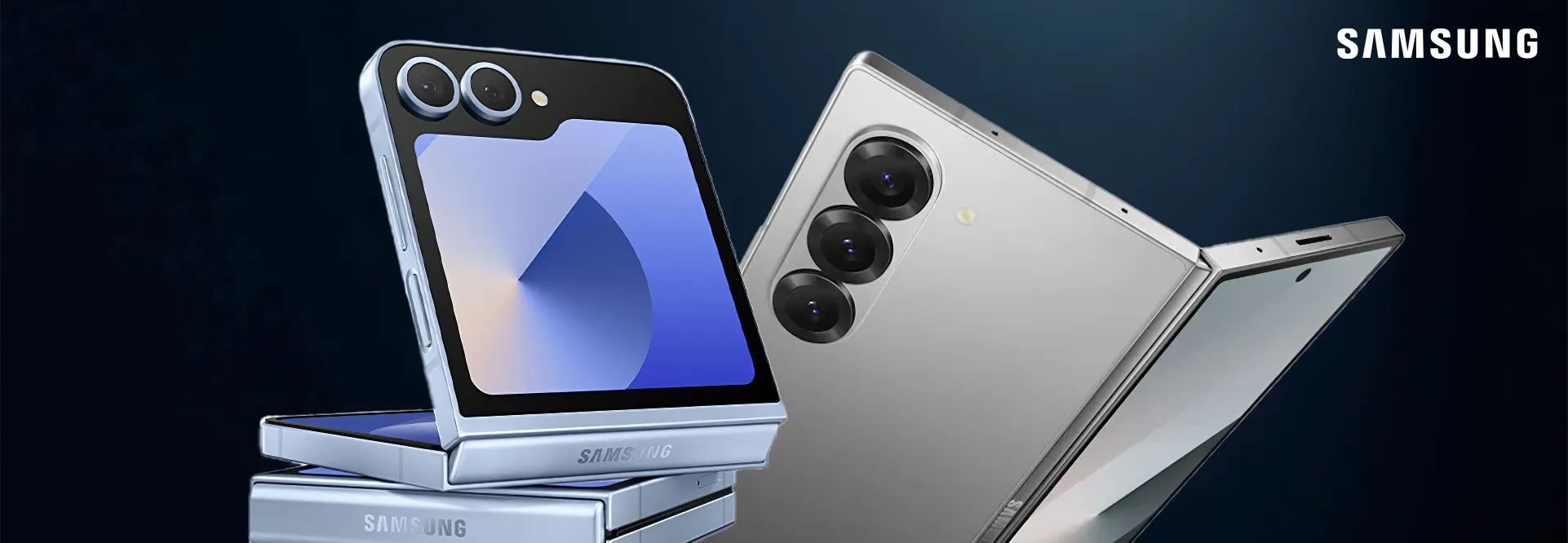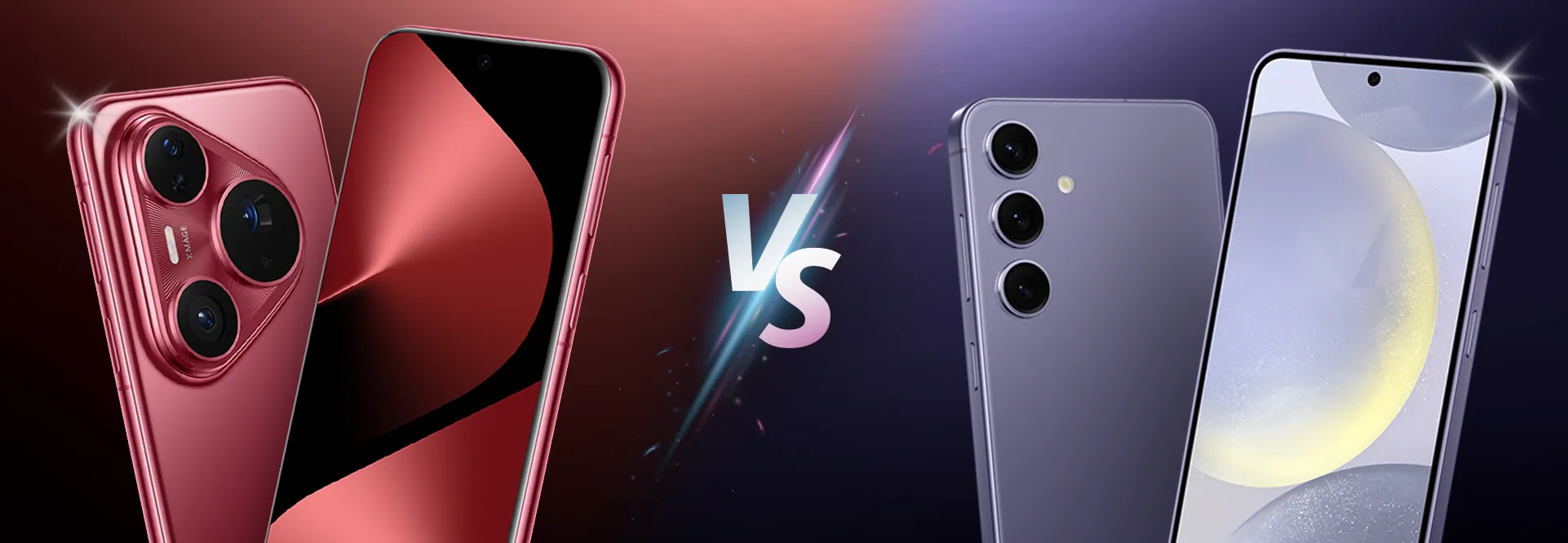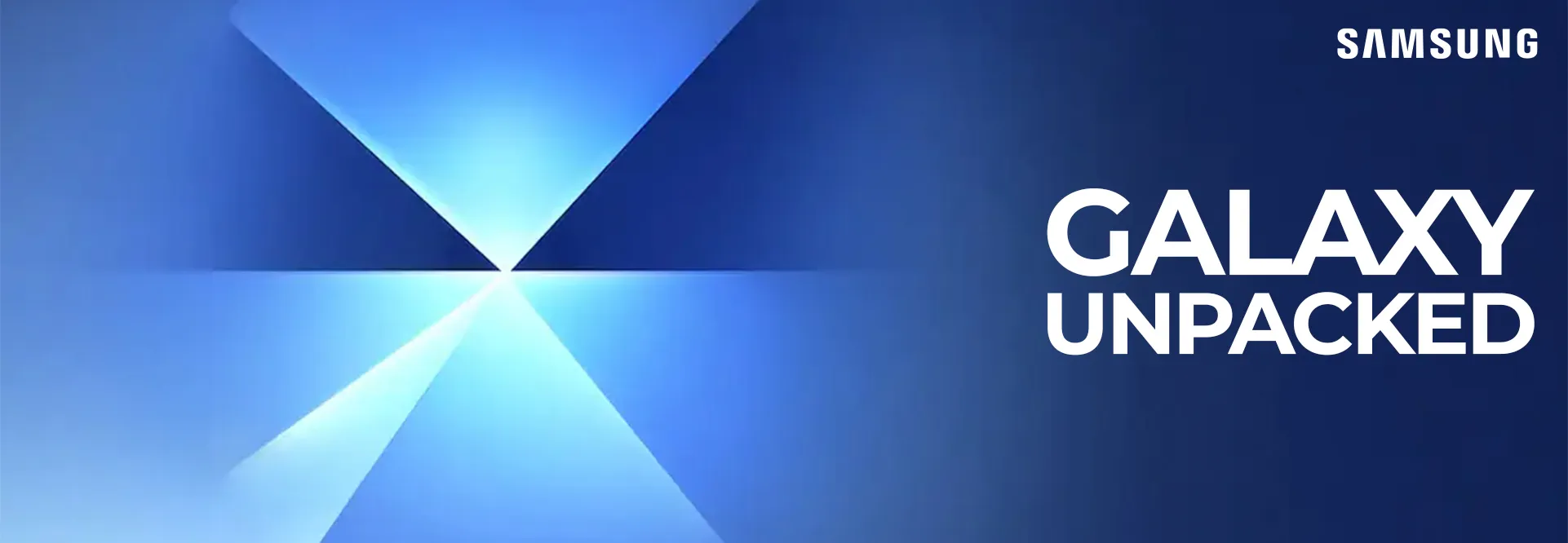Samsung Galaxy Z Flip 7 & Z Fold 7
Mondo Admin / 24-06-2025 / Tech news
Samsung Galaxy Z Flip 7 & Z Fold 7: The Latest Features You Need to Know
Samsung is unfolding new possibilities with the Galaxy Z Flip 7 and the Samsung Galaxy Z Fold 7. Here’s what South Africans can expect in new features, design and more.
Samsung’s Making the Flip
The Samsung Galaxy Z Flip 7 and the Samsung Galaxy Z Fold 7 haven’t officially dropped yet but the hype is building- and for good reason. With new designs, smoother folds and upgraded performance, these foldables are built to impress. Think vivid displays, long-lasting batteries and power that keeps up from day to night. Here’s full breakdown on what’s coming.
Samsung Galaxy Z Flip 7 & Z Fold 7: What’s Coming
Expected to launch at the July 2025 Galaxy Unpacked event, the Galaxy Z Flip 7 and Galaxy Z Fold 7 promise more style, power and smarter everyday functionality. There’s even whispers of a more affordable Galaxy Flip 7 FE model on the horizon.
The Galaxy Z Flip 7 is expected to make life easier due to the larger cover screen that lets you check messages, snap selfies and control music. Inside, its smooth, responsive display keeps scrolling effortless and upgraded cameras mean better shots for both day and night.
Meanwhile, the Galaxy Z Fold 7 is rumoured to be Samsung’s thinnest foldable yet. It is apparently big on screen space when you need it, compact when you don’t. Perfect for working, watching shows and unwinding.
From bold new colours to ultra-smooth performance, these foldables are built to turn heads and keep up with your day. Think massive storage, fast multitasking and a 200MP main camera ready to capture everything in crisp detail. And with enhanced durability and better resistance to dust and water, you’ll be able to take this tech with you everywhere.
To Flip or Fold?
Can’t choose between the Samsung Galaxy Z Flip 7 and the Samsung Z Fold 7? If sleek design, one-handed use and quick access are your vibe, the Galaxy Z Flip 7 is your match. Compact when folded, it packs a handy 4 inch cover screen for notifications and selfies plus a stunning 120Hz main display. On the flip side, the Samsung Galaxy Z Fold 7 is for those craving more screen space, power and features. With its massive 8.2 inch display, up to 1TB storage and a jaw-dropping 200MP main camera, it’s a productivity powerhouse in your pocket.
The Downside of Foldables
While the Samsung Galaxy Z Flip 7 and Z Fold 7 pack serious innovation and style, they come with drawbacks. Foldables still carry a high price that might be a deterrent for anyone on a budget.
And despite durability upgrades, screens on foldables are more delicate than on regular smartphones. Battery life can dip due to the vibrant, larger displays. The Z Fold 7 is slimmer but bulkier unfolded. Not all apps are fully optimised for foldable smartphones either so expect some wonkiness on this front. Plus there’s a learning curve with folding, multitasking and new gestures.
Samsung Galaxy Z Flip 7 and Z Fold 7 vs. The Competition
Even without knowing all the feature details right now, the Samsung Galaxy Z Flip 7 and Samsung Galaxy Z Fold 7 seem to be setting the gold standard for foldables.
It’s the rumours of the sleek designs, vibrant displays and powerful performances that are tipping it over. But that doesn’t mean it’s not facing fierce competition.
Huawei stands out in the foldable market for supplying solid hardware and competitive pricing – especially with the new scene-stealing Huawei Mate XT and Mate X6.
Oppo and Xiaomi also continue to push boundaries with innovation and affordability. Still, Samsung’s combination of durability, refined software and seamless ecosystem integration gives it the edge.
Verdict
Samsung’s Galaxy Z Flip 7 and the Samsung Galaxy Z Fold 7 push foldable tech forward with sleek designs, impressive specs and thoughtful upgrades. These models deliver a blend of style, power and durability that few can match. Whether you want compact convenience or a productivity powerhouse, Samsung remains the top choice in the foldable race – at least for now. Want to stay ahead of the fold?
Join our newsletter for the latest tech news, gadget reviews and exclusive deals delivered straight to your inbox.
FAQS
- What are the key features of the Samsung Galaxy Z Flip 7 and the Samsung Galaxy Z Fold 7?
The Samsung Galaxy Z Flip 7 features a larger 4-inch cover screen and a smooth 120Hz foldable main display plus dual rear cameras (50MP wide and 12MP ultra-wide). The Z Fold 7 offers a bigger 8.2-inch main display, a 6.5 inch cover screen, up to 1TB storage, 16GB RAM and a standout 200MP main camera, making it Samsung’s slimmest and most powerful foldable yet.
- When will the Samsung Galaxy Z Flip 7 and the Samsung Galaxy Z Fold 7 be released?
Samsung is expected to officially launch both devices at their Galaxy Unpacked event in July 2025.
- How do I choose between the Samsung Galaxy Z Flip 7 and Z Fold 7?
If you prefer a compact, stylish phone for easy one-handed use, the Z Flip 7 is ideal with its handy cover screen and foldable design. For those wanting a larger screen for multitasking, productivity and high-end camera features, the Z Fold 7 offers more power and screen real estate.
- What are the downsides of the Samsung Galaxy Z Flip 7 and Z Fold 7?
Both foldables carry a more expensive price tag and have more delicate foldable screens compared to regular smartphones. Battery life may be shorter due to the big displays while some apps might not fully support foldable screen formats yet.
- How do Samsung’s foldables compare to competitors like Huawei and Xiaomi?
Samsung’s Galaxy Z Flip 7 and Z Fold 7 lead the foldable market with superior design, durable builds and polished software. While competitors like Huawei, Oppo, and Xiaomi offer competitive pricing and innovation, Samsung’s ecosystem integration and reliability keep it ahead.
References:
https://www.phonearena.com/news/samsung-galaxy-z-flip-7-fold-7-coming-july_id171115
https://www.techradar.com/phones/samsung-galaxy-phones/samsung-galaxy-z-fold-7
https://www.techradar.com/phones/samsung-galaxy-phones/samsung-galaxy-z-flip-7-specs








